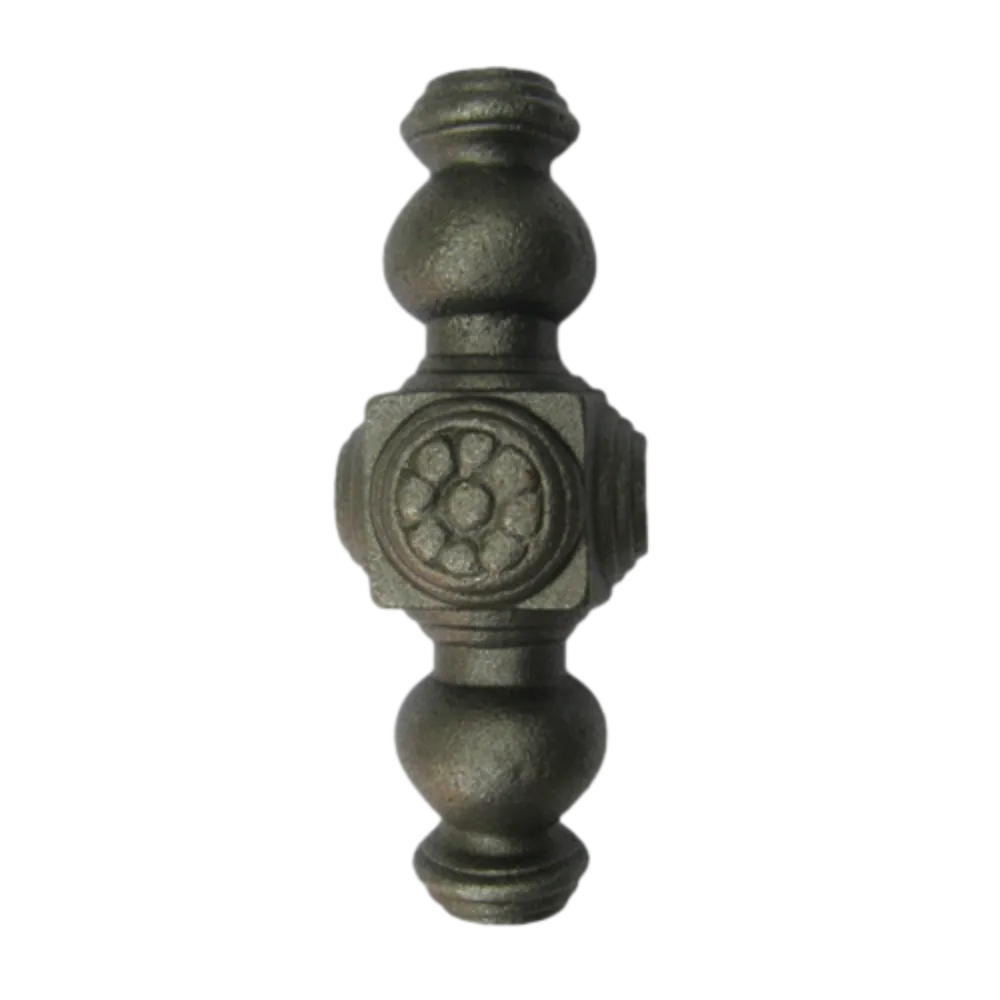rod iron fence parts
Understanding the Components of a Rod Iron Fence
Rod iron fences, known for their elegance and durability, are a popular choice for homeowners and commercial properties alike. With their classic aesthetic and sturdy construction, they provide not only security but also enhance the visual appeal of a property. To fully appreciate and maintain a rod iron fence, it is essential to understand its various components. This article explores the key parts of a rod iron fence, detailing their functions and significance.
1. Posts
The posts are the vertical pillars that support the entire structure of the fence. Typically made from solid rod iron, their primary purpose is to anchor the fence securely into the ground. Posts can vary in height and design, allowing homeowners to customize their fences to match their property’s style. In many cases, decorative caps are added to the posts, which not only serve an aesthetic purpose but also help to prevent moisture from entering the post and causing rust.
2. Rails
Rails are the horizontal components that connect the posts and support the pickets or panels of the fence. They are crucial for stabilizing the fence structure and providing durability. Rod iron fences often have at least two horizontal rails – the top rail and the bottom rail. The top rail adds a finishing touch to the design, while the bottom rail provides stability, preventing the pickets from sagging or shifting over time.
The pickets, or panels, are the vertical elements that make up the main portion of the fence. These can be designed in various styles, including pointed, flat, or even ornate shapes, contributing significantly to the overall look of the fence. Pickets serve the primary purpose of providing security and privacy, as well as defining property boundaries. The spacing between the pickets can also be adjusted based on privacy needs, aesthetic preferences, or local regulations.
4. Gates
rod iron fence parts

A rod iron fence often includes one or more gates, which provide access to the enclosed area. Gates can be as decorative and robust as the fence itself, featuring intricate designs that complement the overall aesthetic. There are various types of gates available, including single and double gates, sliding gates, and swing gates. They typically come with latches or locks to ensure security, making them an essential component of the fencing system.
5. Finials
Finials are decorative elements that are often added to the tops of posts or gates. These ornamental pieces can come in various shapes and designs, including spheres, spearheads, or more intricate patterns. Finials not only enhance the visual appeal of the fence but also serve as a finishing touch that signifies attention to detail in the overall design.
6. Hardware
The hardware includes all fasteners and accessories used to assemble and secure the fence. This may include screws, hinges, latches, and any additional bonding materials needed for installation. Selecting high-quality hardware is essential, as it contributes to the fence's longevity and functionality. Rust-resistant materials are often preferred to prevent deterioration over time.
7. Coatings and Finishes
To prolong the life of a rod iron fence, protective coatings and finishes are often applied. Powder coating, for example, is a popular choice as it offers a durable, weather-resistant finish that helps protect against rust and corrosion. Regular maintenance, such as painting or applying rust inhibitors, is also crucial to keep the fence looking its best and functioning effectively.
Conclusion
Understanding the various components of a rod iron fence is crucial for anyone considering installing one. Each part plays a vital role in the overall functionality and aesthetics of the fence, ensuring that it serves its purpose effectively. By choosing high-quality materials and components, homeowners can enjoy the beauty and durability of a rod iron fence for many years to come. Whether for security, privacy, or beauty, a rod iron fence stands as a testament to timeless design and practical functionality.
-
Wrought Iron Components: Timeless Elegance and Structural StrengthNewsJul.28,2025
-
Window Hardware Essentials: Rollers, Handles, and Locking SolutionsNewsJul.28,2025
-
Small Agricultural Processing Machines: Corn Threshers, Cassava Chippers, Grain Peelers & Chaff CuttersNewsJul.28,2025
-
Sliding Rollers: Smooth, Silent, and Built to LastNewsJul.28,2025
-
Cast Iron Stoves: Timeless Heating with Modern EfficiencyNewsJul.28,2025
-
Cast Iron Pipe and Fitting: Durable, Fire-Resistant Solutions for Plumbing and DrainageNewsJul.28,2025
-
 Wrought Iron Components: Timeless Elegance and Structural StrengthJul-28-2025Wrought Iron Components: Timeless Elegance and Structural Strength
Wrought Iron Components: Timeless Elegance and Structural StrengthJul-28-2025Wrought Iron Components: Timeless Elegance and Structural Strength -
 Window Hardware Essentials: Rollers, Handles, and Locking SolutionsJul-28-2025Window Hardware Essentials: Rollers, Handles, and Locking Solutions
Window Hardware Essentials: Rollers, Handles, and Locking SolutionsJul-28-2025Window Hardware Essentials: Rollers, Handles, and Locking Solutions -
 Small Agricultural Processing Machines: Corn Threshers, Cassava Chippers, Grain Peelers & Chaff CuttersJul-28-2025Small Agricultural Processing Machines: Corn Threshers, Cassava Chippers, Grain Peelers & Chaff Cutters
Small Agricultural Processing Machines: Corn Threshers, Cassava Chippers, Grain Peelers & Chaff CuttersJul-28-2025Small Agricultural Processing Machines: Corn Threshers, Cassava Chippers, Grain Peelers & Chaff Cutters












